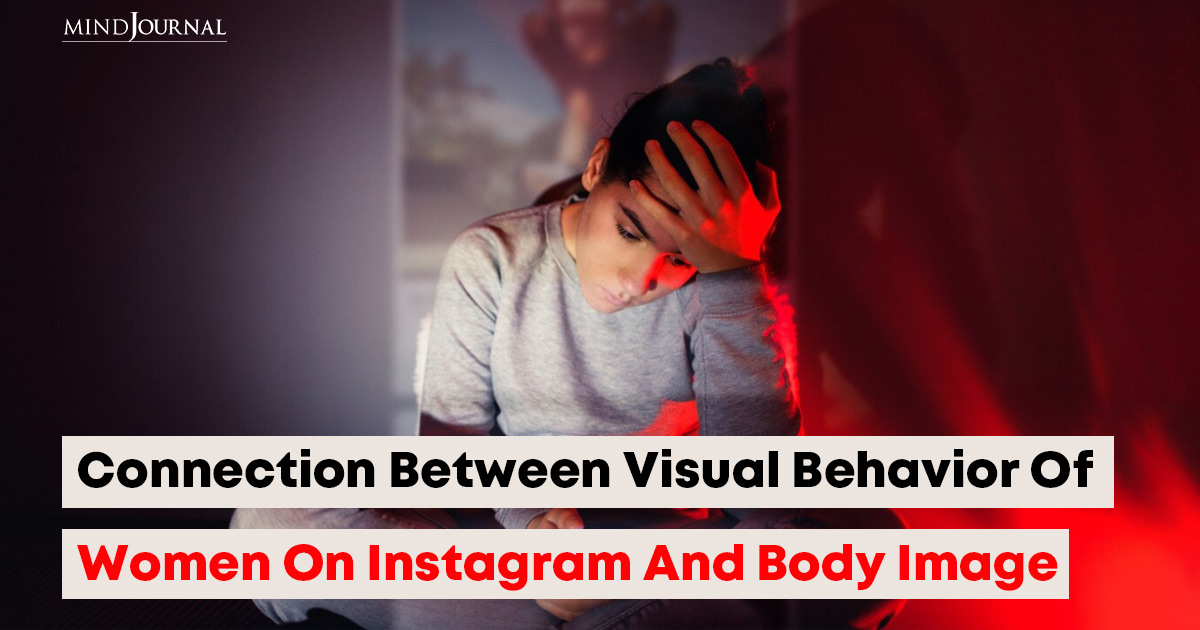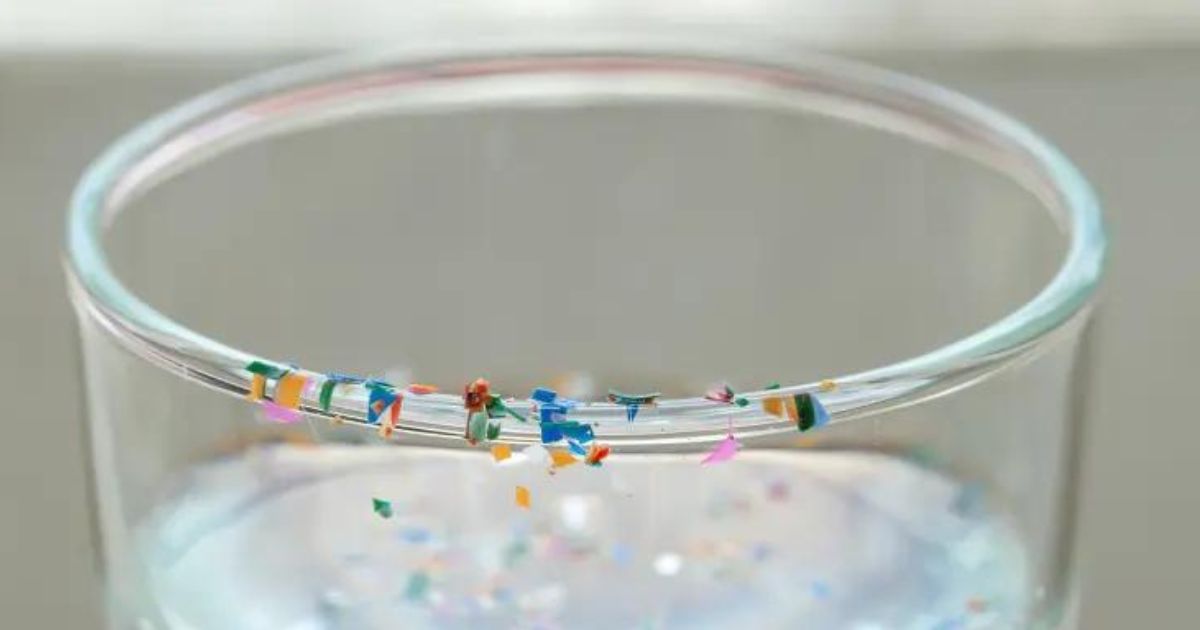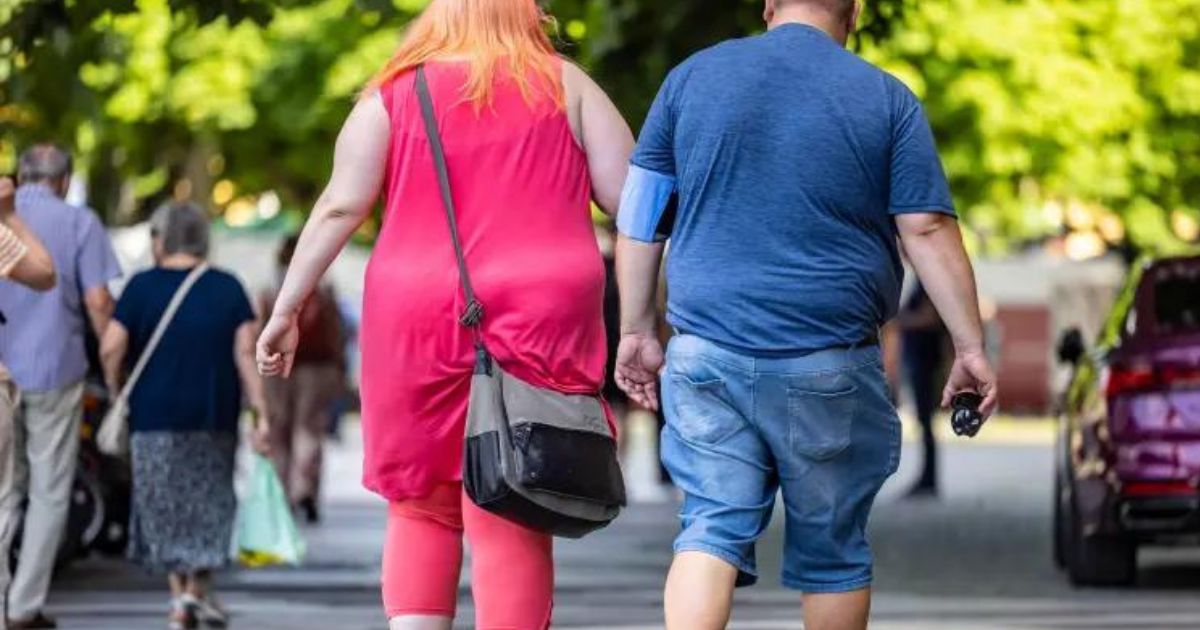In today’s world, social media especially Instagram has become an integral part of our daily lives, which is why the link between the visual behavior of women on Instagram and body image is necessary to understand.
A recent study published in Computers in Human Behavior delved into the relationship between women’s body image and their behavior while viewing Instagram posts.
As social media usage continues to grow, the prevalence of social comparison has become a concerning issue. Women, in particular, often find themselves comparing their bodies to idealized standards portrayed on these platforms.
Eye-Tracking Study : Understand The Visual Behavior Of Women On Instagram
The study, using eye-tracking technology, aimed to uncover how women’s visual behavior on Instagram impacts their perception of self, influencing feelings of self-esteem and body image. The findings of the Eye-tracking study shed light on the complex interplay between social media content and its effects on individuals’ mental well-being.
The impact of body image concerns is particularly pronounced on Instagram, a social media platform centered around visual content. Employing the powerful tool of eye tracking, researchers aimed to understand the visual behavior of women on Instagram.
What is the link between body image and Instagram, how do individuals interact with images on Instagram and whether it influences their body image perceptions through top-down or bottom-up processing, and what are the influence of Instagram, all these answers are here in this study.
Read more here: Beyond Beauty Standards: 9 Ways To Improve Body Image
Conducted by Graham G. Scott and his team, the study involved 60 female participants recruited from a university setting. Almost all participants (93%) were active Instagram users, with the remaining 7% being familiar with the platform.
The researchers presented the participants with images of either solely the face or body of females categorized as underweight, average, or overweight.
By examining what elements participants’ eyes fixated on in these images, the study sought to unravel the connection between visual attention and body image.
The findings shed light on how Instagram’s image-focused environment influences individuals’ perceptions of body weight and shape, revealing important insights into the psychological impact of social media on body image concerns.
Body Image And Instagram
Using a layout resembling Instagram’s mobile phone view, participants were presented with a 3 x 4 photo array, with each condition represented by two pictures. While viewing the array, participants’ eye movements were tracked with an eye tracker to discover the influence of Instagram. Additionally, they provided self-ratings of their own body satisfaction.

The findings unveiled a notable attentional bias among participants, particularly towards images depicting underweight bodies and average faces.
Participants spent more time gazing at average faces and underweight bodies, and they were more likely to fixate on these specific images. These results align with prevailing beauty standards that tend to prioritize skinny body types and average facial features.
Instagram Images Have A Crucial Impact On Women
The visual behavior of women on Instagram study results provided compelling evidence supporting the notion that image content played a crucial role in driving bottom-up processing, while personal attitudes influenced top-down processing.
Bottom-up processing involves starting with raw sensory data and gradually building up a comprehensive understanding or perception. In contrast, top-down processing relies on our existing knowledge and expectations to interpret new information.
- Regarding bottom-up processing, the visual attributes of the images, such as body shape and the body part depicted, significantly influenced the duration and frequency of participants’ gaze. In other words, the raw sensory data conveyed by the images had a direct impact on participants’ viewing behaviors.
- Conversely, top-down processing was influenced by participants’ self-perceptions. For instance, if a participant expressed dissatisfaction with her own body, this influenced where she looked and how often she directed her attention.
As a result, she might have avoided looking frequently at images depicting underweight women, potentially due to heightened feelings of anxiety or discomfort.
These findings shed light on the complex interplay between external image stimuli and internal attitudes, highlighting the Influence of Instagram and how both factors contribute to individuals’ visual behavior and perceptions.
Understanding the dynamics of bottom-up and top-down processing in the context of body image can provide valuable insights into how media influences self-perception and body satisfaction.
The study’s compelling results supported the idea that image content drove bottom-up processing, while personal attitudes influenced top-down processing. Bottom-up processing starts with raw sensory data and impacts how participants viewed images based on visual attributes like body shape.
Read more here: Why Body Image Has Nothing To Do With How Your Body Looks
On the other hand, top-down processing, influenced by self-perceptions, affected where participants directed their attention, especially if they were dissatisfied with their own bodies. These findings shed light on the interplay between external image stimuli and internal attitudes, providing valuable insights into how media influences self-perception and body satisfaction.
These results reveal how social media platforms can perpetuate a harmful cycle. Exposure to damaging images leads to upward social comparison and decreased personal satisfaction in users. Consequently, this may foster a perceptual bias, causing individuals to selectively focus on more damaging stimuli.









Leave a Reply
You must be logged in to post a comment.